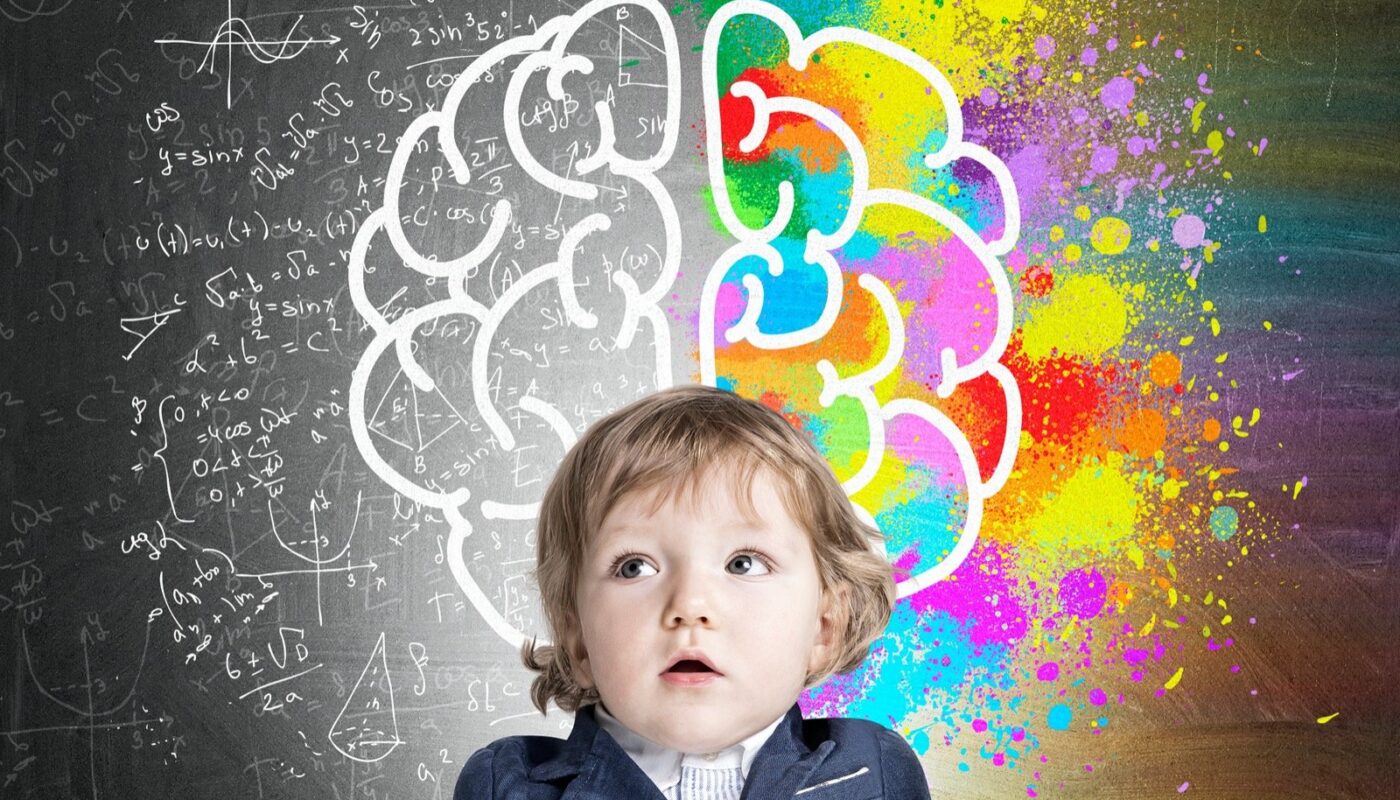A recent study conducted by a team of security experts at the University of Florida, in collaboration with CertiK, a security audit company, has unveiled a concerning discovery regarding a potential cyberattack that could result in a smartphone catching fire while being charged wirelessly.
A recent study by researchers at Stanford University has unveiled fascinating insights into the development of children’s drawing abilities and object recognition skills. The study, published on Feb. 8 in Nature Communications, utilized machine learning algorithms to analyze a vast collection of drawings created by children aged 2 to 10.
Led by researchers Bria Long, Judith Fan, Holly Huey, Zixian Chai, and Michael Frank, the study revealed that children’s proficiency in drawing recognizable objects and their ability to identify others’ drawings progress in tandem as they grow. The findings indicated that improvements in drawing recognizability during childhood cannot solely be attributed to enhanced drawing skills or the inclusion of stereotypical features, such as tall ears on a rabbit.
Judith Fan, an assistant professor of psychology and the principal investigator of the Cognitive Tools Lab, noted that the factors contributing to the recognizability of drawings by older children were not simplistic patterns learned by all older kids. The machine learning analyses revealed a more intricate understanding of how children depict and perceive the world through their drawings.
The utilization of machine learning allowed the researchers to delve into a large dataset of children’s drawings, uncovering subtle nuances that shed light on children’s perceptions and communicative abilities through art. The extensive scope of this study provided robust support to prior research indicating that children’s capacity to recognize and draw animals and objects expands with age.
While the recognizability of drawings improved with age, the study observed that this progression was not solely due to enhancements in motor control. Even distinctive features like the eight legs on a spider, which children learn to include in their drawings over time, did not entirely account for the enhanced recognizability. This suggests that children’s artistic development reflects a shift in their cognitive understanding of objects, beyond mere observational or motor skill improvements.
Bria Long highlighted that children’s drawings offer valuable insights not only into their drawing abilities but also into their knowledge of the depicted objects. Even drawings that may not be easily recognizable can provide clues about the child’s intentions or understanding, such as identifying a drawing as an animal, despite lacking specific details.
The researchers emphasized that children’s drawings serve as a window into their cognitive development and thought processes. Long remarked that children’s drawings encapsulate rich information about their understanding of various objects, showcasing their unique perspectives and knowledge even in imperfect renditions.
The study’s comprehensive analysis of children’s drawings illuminates the intricate relationship between cognitive development and artistic expression in children, offering a deeper understanding of how they perceive the world around them.
*Note:
1. Source: Coherent Market Insights, Public sources, Desk research
2. We have leveraged AI tools to mine information and compile it




